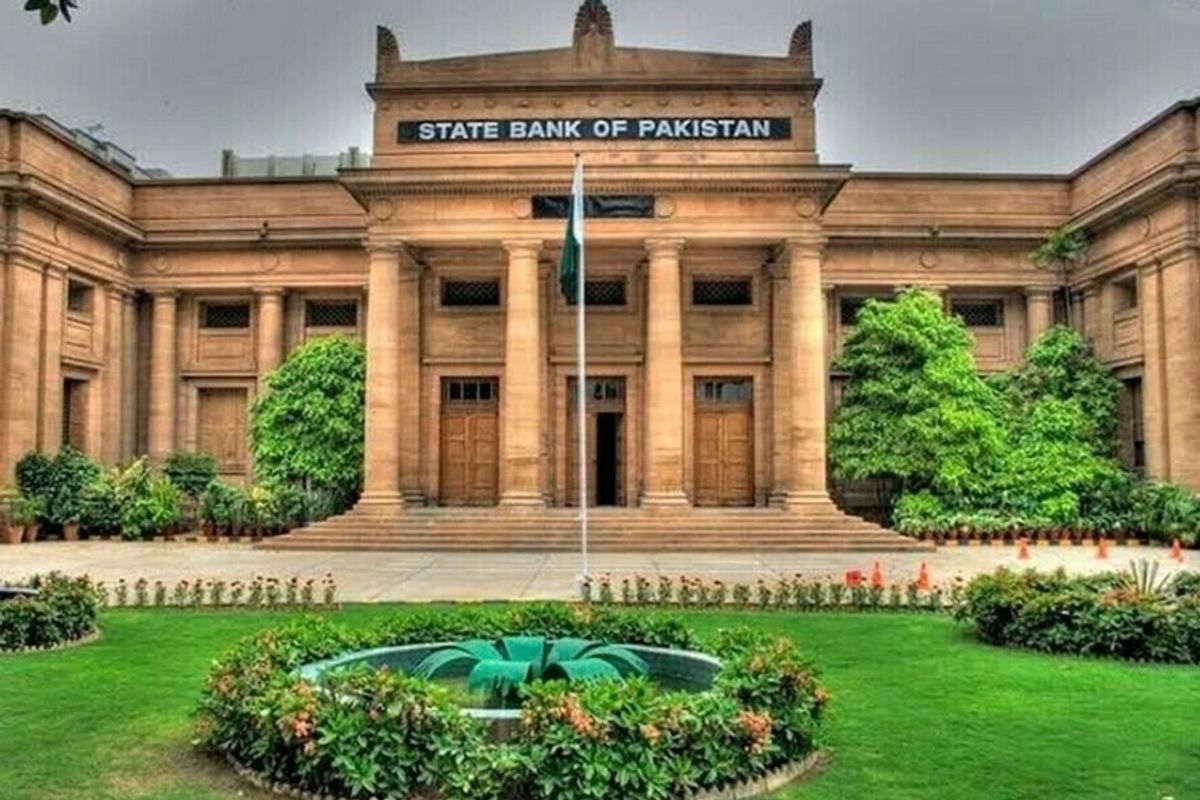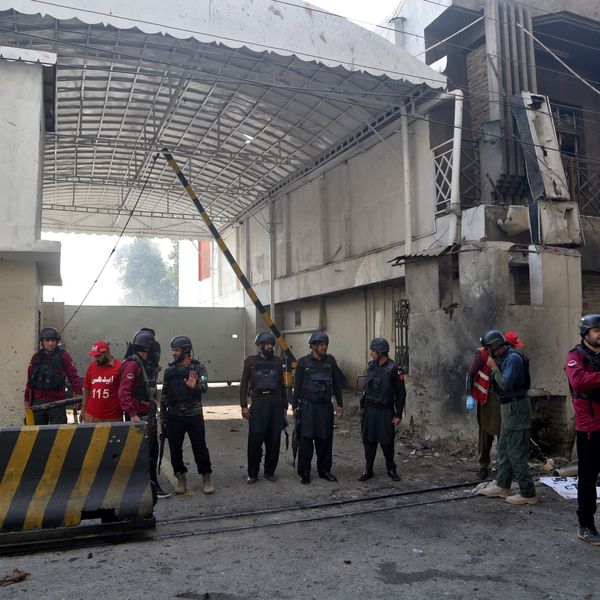SBP to slow dollar purchases to support rupee stability: report
SBP data shows the rupee has fallen over 2% YTD, lagging regional peers, though pressure has eased over the past three sessions on improved liquidity

Haris Zamir
Business Editor
Experience of almost 33 years where started the journey of financial journalism from Business Recorder in 1992. From 2006 onwards attached with Television Media worked at Sun Tv, Dawn Tv, Geo Tv and Dunya Tv. During the period also worked as a stringer for Bloomberg for seven years and Dow Jones for five years. Also wrote articles for several highly acclaimed periodicals like the Newsline, Pakistan Gulf Economist and Money Matters (The News publications)

The State Bank of Pakistan (SBP) is expected to moderate its pace of dollar purchases from the interbank market to help stabilize the rupee, even as it continues to build foreign exchange reserves, according to Citigroup Inc.
In a recent market note, Citi Emerging Markets Economist Katie Kironde stated, “Although reserves have improved from the lows of early 2023, we still continue to welcome the central bank’s reserve building as external buffers remain low.” She noted, however, that the SBP has slowed its dollar buying this week, which has helped improve liquidity in the interbank market.
The Pakistani rupee has stabilized in recent sessions after facing sustained pressure earlier this year. According to central bank data, the rupee has depreciated by over 2% year-to-date against the U.S. dollar, underperforming most regional currencies. However, the pressure has eased in the past three trading sessions amid improved market liquidity.
Reserves strategy under review
As of July 18, Pakistan’s foreign exchange reserves stood at $14.456 billion—down $69 million from the previous week due to external debt repayments. Despite the slight decline, the SBP remains committed to building its reserves, though with a more cautious approach.
Between June 2024 and March 2025, the SBP purchased $6.8 billion from the interbank market to bolster reserves and meet foreign debt obligations. Notably, $860 million was bought in March alone.
These actions form part of Pakistan’s broader macroeconomic strategy, aligned with commitments under the International Monetary Fund (IMF) loan program. The reserve accumulation has been market-based and designed to avoid market disruption, proceeding only under favorable conditions.
External support and incoming inflows
Pakistan has also benefited from significant external inflows in recent months. China rolled over $3.4 billion in loans, including $2.1 billion from reserves parked with the SBP and $1.3 billion in commercial refinancing. Additionally, the country secured $500 million in multilateral financing and $1 billion from commercial banks in the Middle East.
Another $3.1 billion in commercial loans and $500 million from multilateral institutions are expected to be reflected in the SBP’s reserves by June 27.
Improving financial conditions
Pakistan’s financial conditions have markedly improved over the past year. The SBP has reduced its benchmark policy rate by 50 basis points to 11% to support economic growth.
These developments follow Pakistan’s narrow avoidance of default in 2023, aided by reforms under the Shehbaz Sharif-led government and renewed engagement with the IMF.
The federal budget for FY26, presented in June, reaffirmed the government’s focus on fiscal consolidation and structural reforms—moves that have further lifted investor sentiment and improved the country’s credit outlook. Just last week, S&P Global Ratings upgraded Pakistan’s credit rating to ‘B-’ with a Stable outlook, citing macroeconomic stabilization and reform progress.
Outlook: Gradualism with vigilance
Analysts believe the SBP’s more measured approach to reserve accumulation reflects a deliberate balancing act—ensuring steady reserve growth without disrupting currency stability or drying up liquidity.
With reserves nearing the FY25 target of $14 billion and further inflows expected, the central bank appears to be shifting toward a strategy of gradualism: building buffers while avoiding excessive pressure on the rupee.










Comments
See what people are discussing